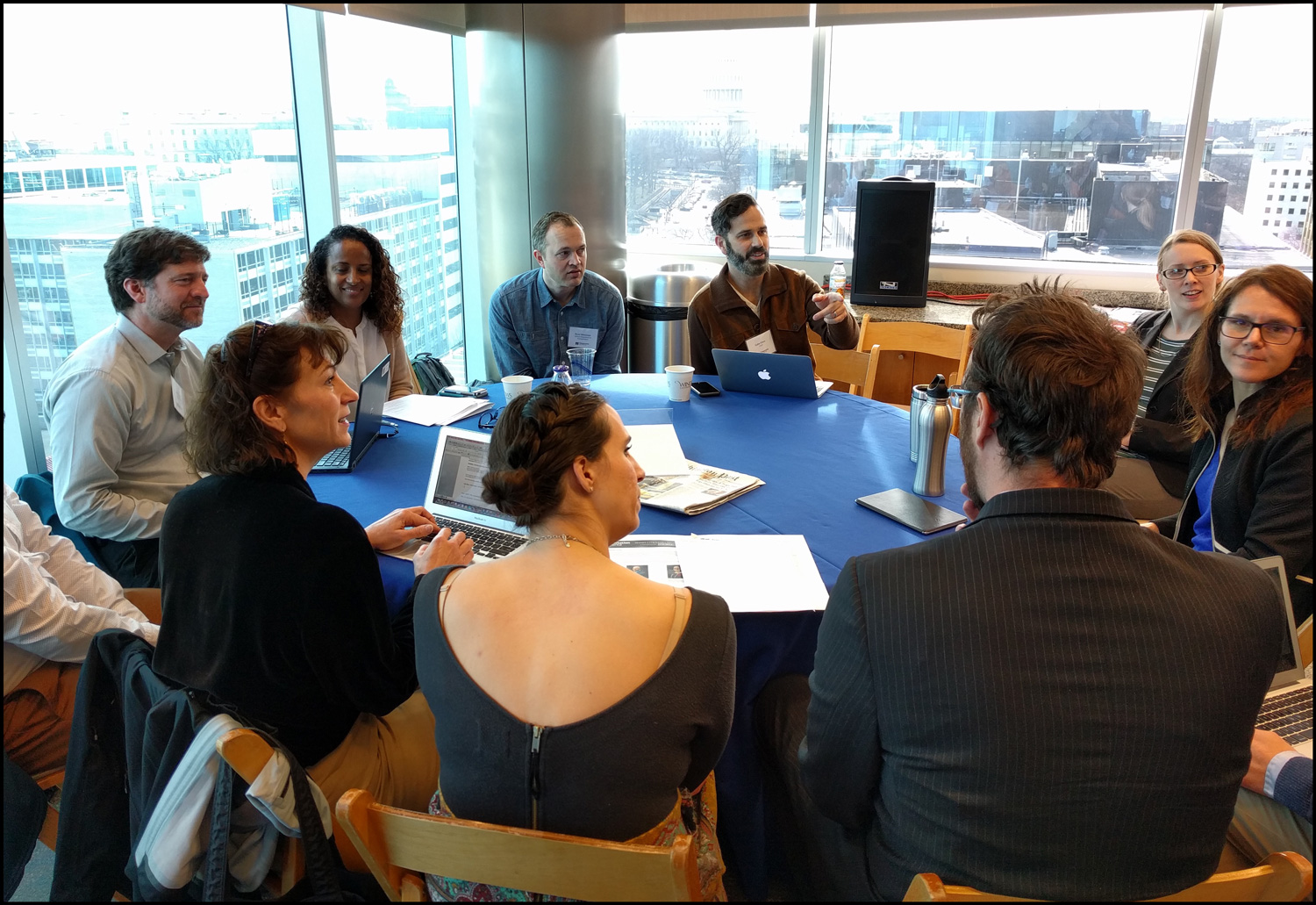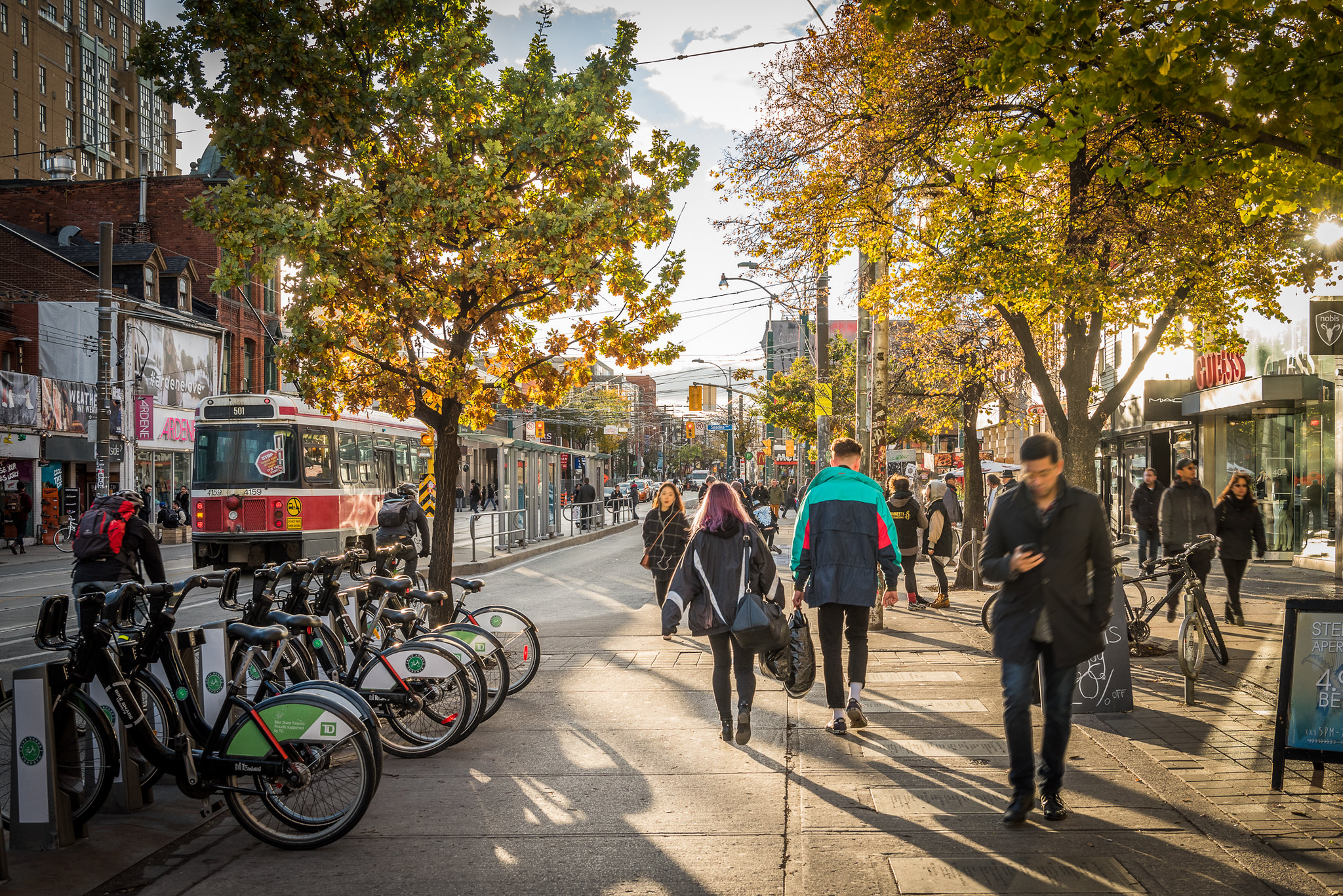WHAT IS THE SMART CITIES COLLABORATIVE?
The Collaborative is a year-long program for public sector transportation leaders to share their experiences with new mobility technologies and develop best practices to ensure that these services improve city life.
The pilot cities:
Bellevue, WA
Bellevue, WA is one of the three pilot cities participating in the Smart Cities Collaborative. They will receive funding and support to complete a curbside management pilot project.
Boston, MA
Boston, MA is one of the three pilot cities participating in the Smart Cities Collaborative. They will receive funding and support to complete a curbside management pilot project.
Minneapolis, MN
Minneapolis, MN is one of the three pilot cities participating in the Smart Cities Collaborative. They will receive funding and support to complete a curbside management pilot project.
The peer cities:
- City of Ann Arbor (MI)
- City of Boulder (CO)
- City of Gainesville (FL)
- Mobile GR, City of Grand Rapids (MI)
- City of Gresham, Urban Design & Planning Department (OR)
- Los Angeles Department of Transportation (CA)
- City of Madison (WI)
- Portland Bureau of Transportation (OR)
- Metro (OR)
- San Francisco Municipal Transportation Agency (CA)
- District Department of Transportation (DC)
- City of West Palm Beach (FL)
- City of West Sacramento, Capital Projects & Transportation (CA)
MISSION
To maximize the transformative potential of emerging technologies and new mobility options to increase access, safety and economic opportunity for all residents while reducing congestion, vehicle miles traveled and greenhouse gas emissions.
OUR VALUES
In order to find the best solutions and enrich their perspective, cities should engage and learn from anyone and everyone they can.
Actively seeking input will be key to finding the best solutions, implementing them effectively, and ensuring that goals and outcomes are aligned and foster greater ownership across core partners and the community.
New automated and shared mobility services should integrate in a way that supports public transit systems and creates a seamless user experience between modes, agencies and providers — in both the physical and digital realms.
Cities must work across departments and agencies to coordinate their regulatory efforts and creatively use the assets at their disposal to marry these disparate systems together.
The foundation of any truly “smart” city is ensuring that residents, regardless of race, age, location, income, ability or access to technology or credit, can get where they need to go, when they need to and have affordable, convenient access to education, healthcare, workforce training and job opportunities.
Mobility services and the built environment should be designed first for people, not cars, trucks or other vehicles.
People should always be the first input into the design and planning equation to ensure that services and infrastructure meet a variety of users’ needs while being intuitive, convenient and easy to use.
When planning or implementing new mobility options safety must be the highest priority. Rigorous testing is necessary to ensure all technology is safe for deployment and that safety standards are met.
Traffic management operations and street design guidelines should be revised and updated to ensure that we’re always improving safety, gaining public trust and most effectively realizing the potential these new services have to offer.
Cities should make a holistic view of sustainability a core principle as they consider the use of emerging technologies and new mobility options.
New modes and services could have enormous potential, but we need to be thoughtful about the short- and long-term fiscal, social and environmental impacts.




